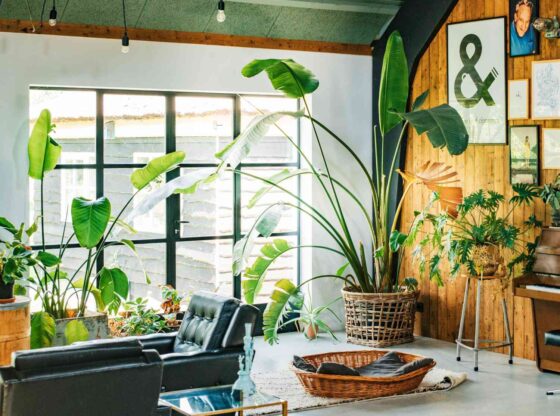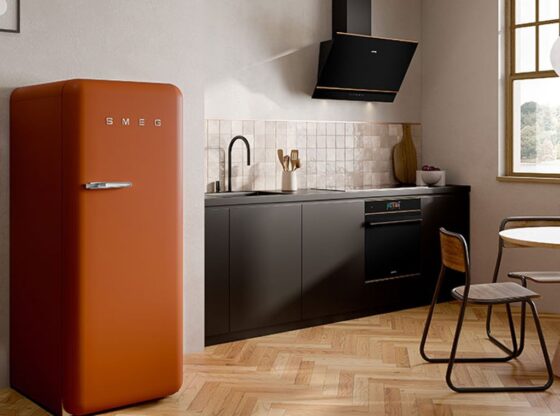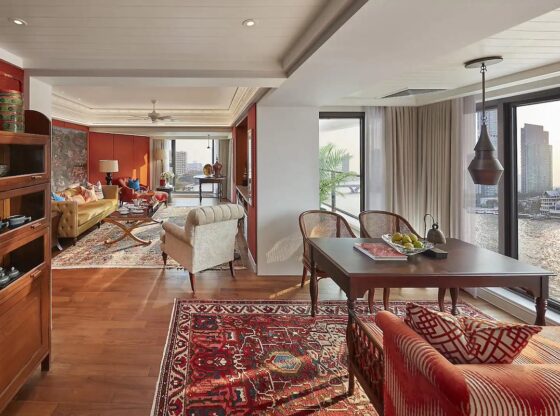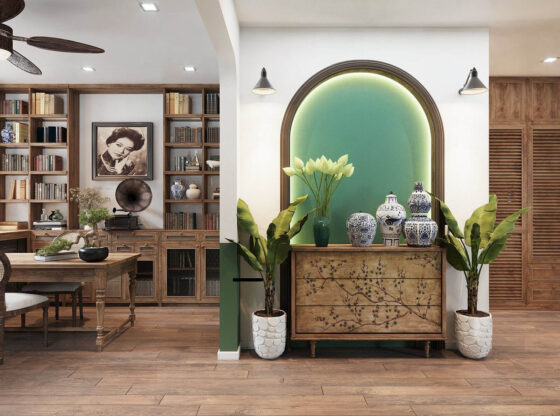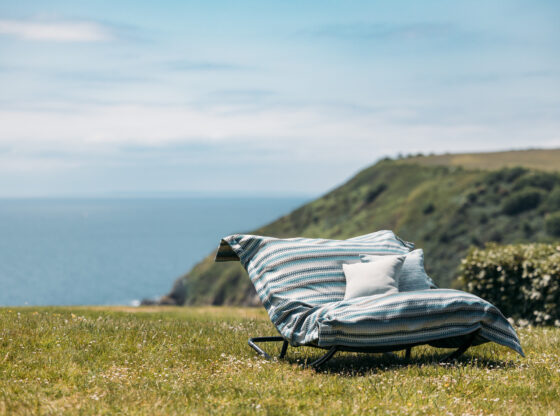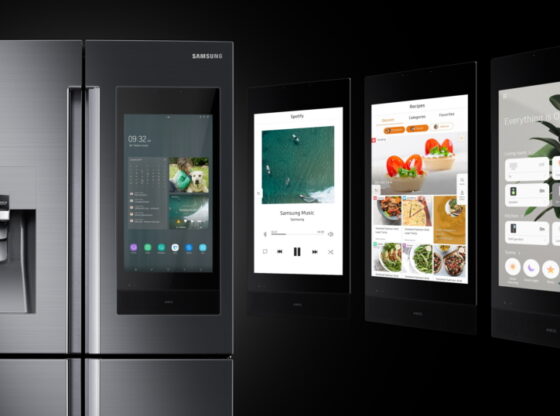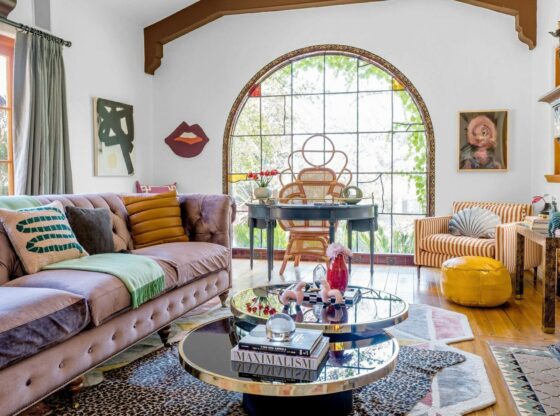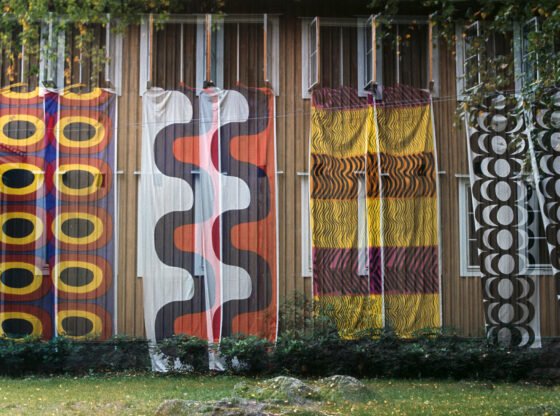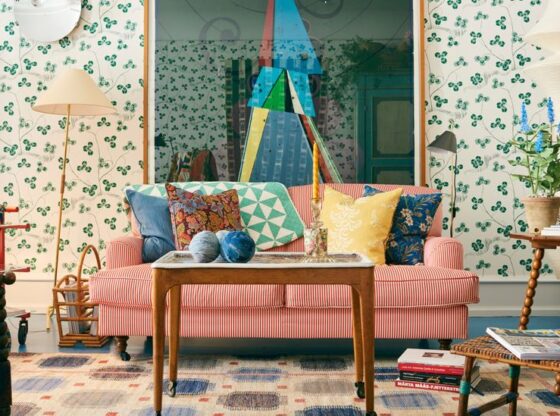![]()
Normally, when we are talking about interior design, our concern is with the aesthetic elements.
How do we get a certain look?
Which décor style should we project?
What colors are hot this year?
But these are only superficial considerations. Something that is rarely talked about is the psychological effects interior design has on our subconscious and our mental state.
Can a room make you sad, or happy or energetic?
Could the way your home is decorated cause your life to have more anxiety, or joy or romance?
Believe it or not, the choices we make about how our home will look have a well-documented effect on our emotions.
The color of the walls in your kitchen may be stressing your wife out.
The brand and style of your sofa may be sending a signal to others that you are a standoffish snob. And that Persian carpet you treasure so much … well, perhaps it’s time to rethink its presence completely; the family dog is terrified of it.
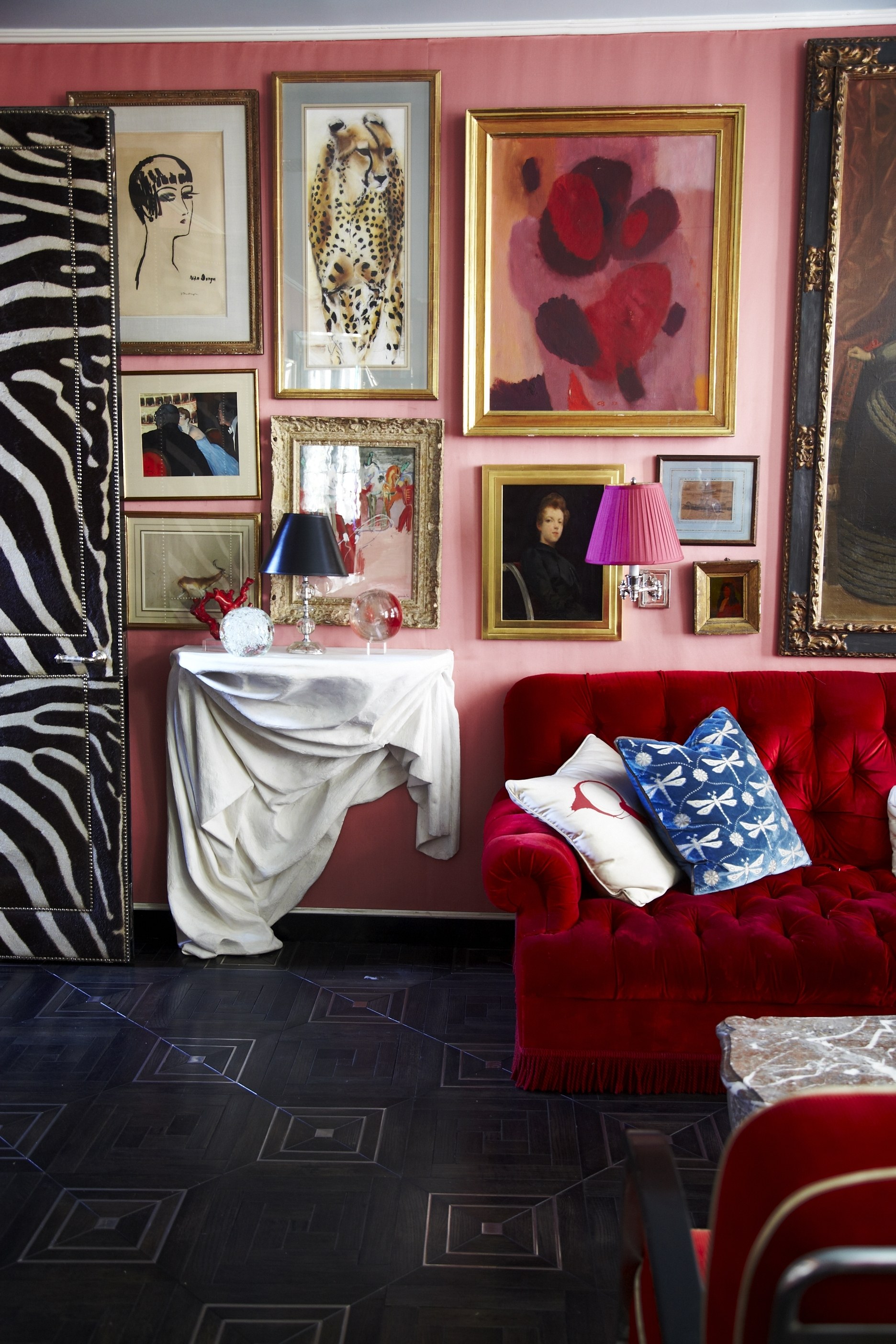
Color your world
The psychology of color dates its origins to the early 19th century when Johann Wolfgang von Goethe published his book, “Theory of Colours”.
As you might imagine, much debate about how colors affect us and what they symbolize has raged for decades. But, researchers, interior designers and marketing professionals alike seem to agree on these basic axioms regarding color:
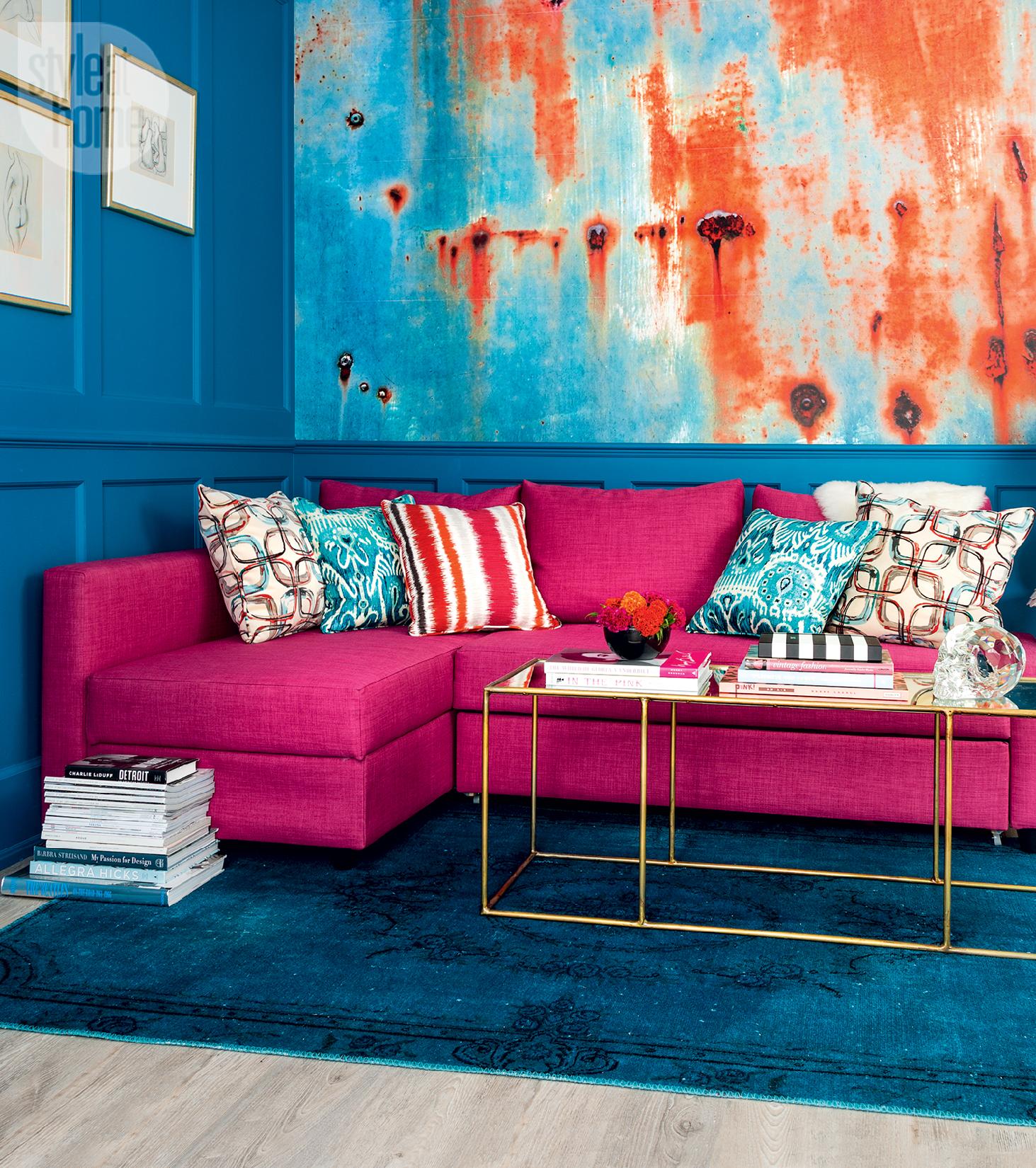
Red: Symbolizes power and passion. It can be used to warm up spaces and make them feel more intimate. Especially when applied to fabrics like leather, red may be considered a predominantly masculine color.
Orange: Offers a jolt of energy and innovation. It’s best used as an accent because too much can leave people feeling overwhelmed.
Yellow: Associated with happiness, creation, and creativity. It works well in combination with a calming neutral and in rooms with lots of natural light to create a peaceful environment.
Green: Known for its soothing qualities. Green is the perfect choice for a foyer or entryway because it eases the transition from the outdoors.
Blue: Perpetuates feelings of calm and freshness. It’s a good fit for high traffic areas like kitchens and bathrooms.
Purple: Evokes royalty and luxury. Purple is a great choice for formal living rooms or master bedrooms because it adds an air of lush sophistication.
Gray: Gives a sense of relaxation and serenity. Use gray in spaces like home offices or bathrooms.
Brown: Like green, brown’s natural roots give it a relaxing touch. Choose it for rooms where the family gathers and furniture groupings that will incite conversation.
Black: An assertion of power. Use black for statement pieces that you want to draw the eye.
Remember, when you choose which colors to include in your interior, three picks are better than one.
Choose a neutral for the largest items like walls and flooring, a calmer color for furniture and other sturdy items. Then, pick a third more dramatic color to pop in your statement accessories and décor.
Perception meets practicality
In his book “The System of Objects”, sociologist Jean Baudrillard argues that “every object chosen to fill a space helps to inform its function. But, beyond that, the combination of every item that fills an interior – from the seating arrangements, to the wall hangings, and down to the coasters that sit on your coffee table – act as an expression of our personalities and desires.”
Someone who chooses a small designer sofa over a generic brand large enough to seat an entire family is more concerned with appearance and status. On the other hand, a person with a refrigerator door covered in children’s artwork and postcards from travelling friends is a more welcoming and sentimental.
Our homes may be judged on function.
Is your kitchen table big enough to seat your whole family?
Is this flooring truly suited to high traffic?
Some will applaud your practicality, others will lambast your short-sightedness or frivolous nature.
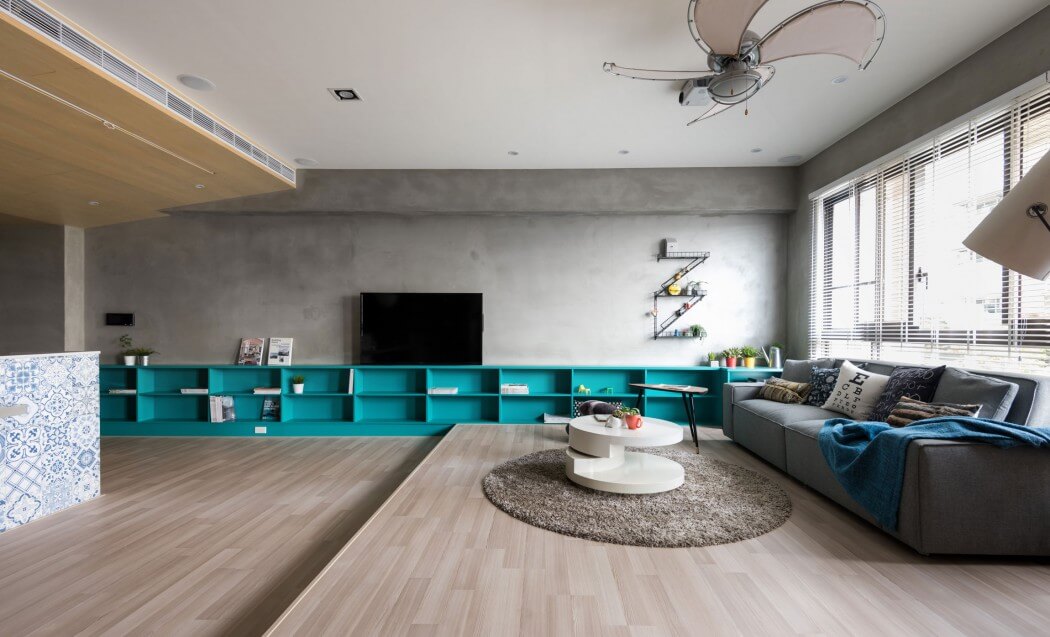
Space Perception
Beyond what kind of furnishings and décor items you employ, a concept called “Perception of Space” can help you dress your home for success. Interior designers have been using this visual slight-of-hand for years to alter how others view your home.
If you want a room to seem larger, choose furniture that is scaled down in size and slimmer. Use a large mirror on a back wall to create depth. If you want your place to feel more inviting, stick with a warm color pallet. Create intimate groupings of furniture and offer as much ambient lighting as possible.
So you see, it isn’t just our feelings and moods we should be concerned with while shopping for interior décor.
We should take Dr. Baudrillard’s observations into account if we want to ensure we make the right impression. Knowing that your friends and associates consider your home aesthetically and functionally desirable is an incredible morale booster.
Energize yourself
A common pitfall of living in the same home for some time is that it can get very ho-hum, boring and even become a drain on your emotional energy. Giving your home a “facelift” can be tantamount to giving yourself one.
The ancient Chinese art of Feng Shui has been practiced worldwide for over 4,000 years and participants believe that adhering to those principles can help attract good luck, success, love and most importantly … positive energy.
In Hong Kong and other wealthy enclaves in China, many upper-class Chinese have no qualms about spending big bucks for a top‑notch Feng Shui consultant to evaluate their home or office to ensure their space’s energy alignment will boost their fortune.
In fact, some multinational corporations have even had to move offices in Hong Kong because the building was seen as having poor flow by superstitious employees.
To truly adhere to Feng Shui principles, you must analyze each space with a “bagua” or energy map.
Then, you use those readings to dial in each aspect of décor, colors, and materials to use. If you aren’t ready to immerse yourself in 4,000 years of furniture arranging philosophy, fear not; there are some easy fixes everyone can use to achieve a higher level of energy in their home.
A welcoming entrance way is of paramount consideration.
Make sure the entry to your home is clean and colorful. Arrange all of your furniture to provide an unobstructed view of the room’s doorway and appear inviting to guests.
Use mostly natural elements like flowers, stones and rich wood grains. Make sure to keep your home in good condition and free of clutter.
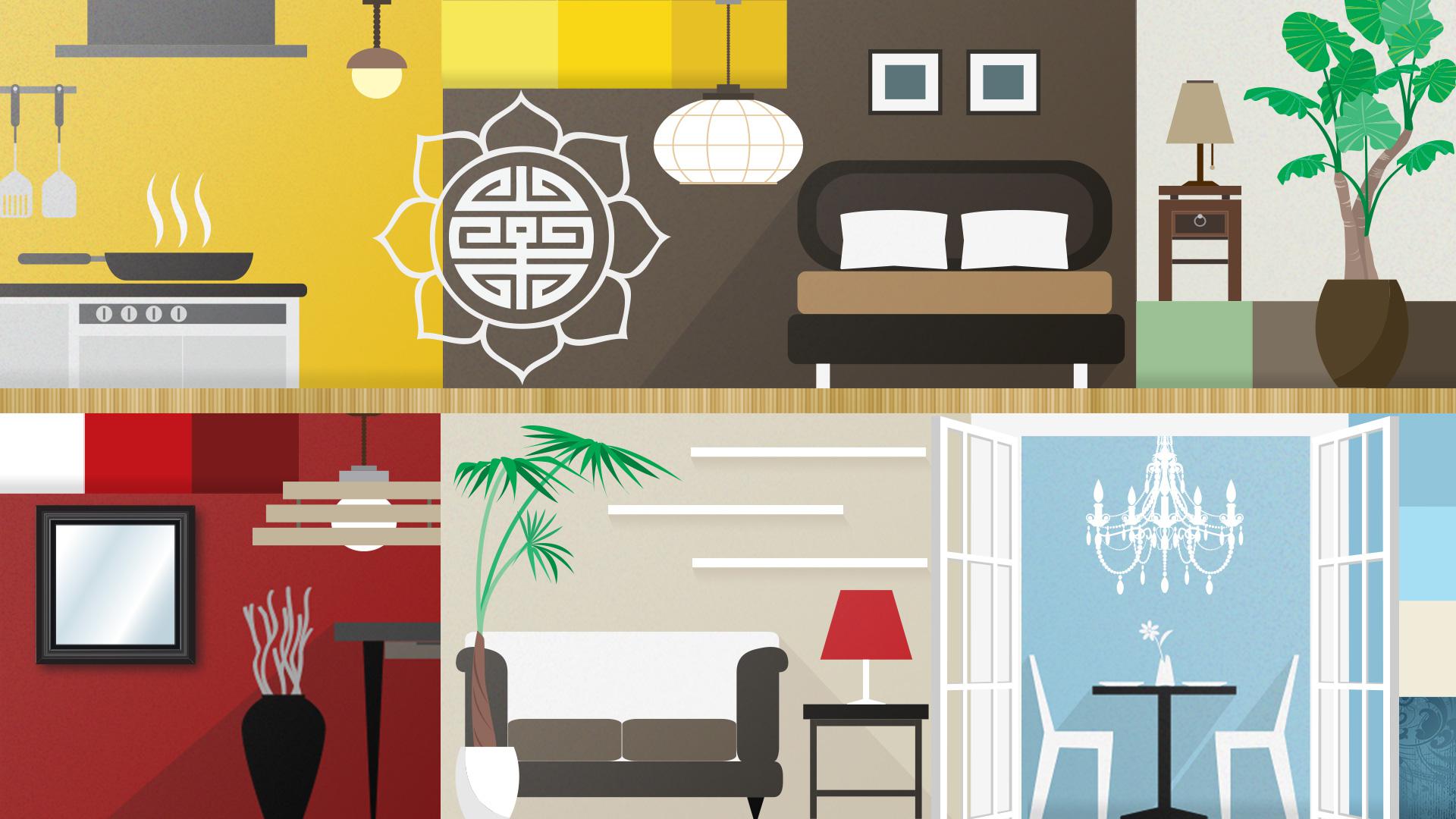
Visual Harmony
If you are having difficulty envisioning home décor that puts you in a better mood, sit down, have a glass of wine and do some time travel in your mind.
Think back to that cathedral you visited in Rome, or that beach bungalow in Bali. Remember how spiritual you felt the first time you entered a proper Buddhist temple.
Try to pinpoint what elements came together to illicit a positive emotional response and work some into your own surroundings.
In the final analysis, the secret to emotional home décor lies within. Plug into your feelings and start making some changes until you step back and say,
“Wow! What a room!”
By Bart Walters




